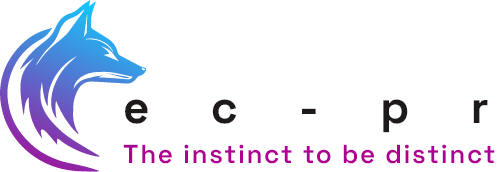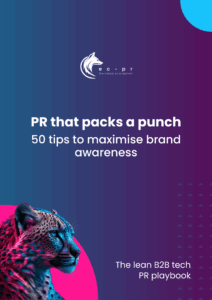Midjourney is an amazing AI tool to create images, that bring your PR, content and comms to life, but if you want to use it commercially, then you need to understand the pros and cons. Midjourney is quickly becoming one of the most popular AI tools for generating...
Photography and Video articles
Imagery Matters. Why visuals wield power in commanding press coverage
Seven ways images release your brand might! Here are the reasons how images benefit your business, through PR and all your content creation.
B2B PR – Three ways to grab media attention at Infosecurity Europe 2017
The clock is ticking and there’s less than 3 weeks to go until Infosecurity Europe 2017
B2B PR – Three great tips for resizing images
With images, videos and dynamic content currently having a major contribution to the success of your posts, you need to make sure that the images you are using are the right fit, below are three tips for you on resizing images. 1. Selection is a key process - Choose...
Three ways to grab media attention at Infosecurity Europe 2017
The clock is ticking and there's less than 3 weeks to go until Infosecurity Europe 2017. So, you should be well on your way to developing your big news story for the show. Once you’ve got your story, it’s vital that you follow a few golden rules to give your...
B2B PR – Five things you should know about adding video to your website
My task this week was sourcing and adding video to our website, as well as reporting back on this b2b PR blog what I learnt in the process. So here’s my quick guide to help you on your way to finding, choosing and uploading great video to communicate your message....
Subscribe to our updates
Stay up to date with the latest insights, case studies and PR guides.







